What finish for 50 year old cherry cabinet doors?
seedsilly
16 years ago
Related Stories
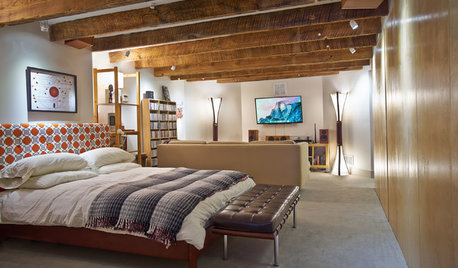
BASEMENTSRoom of the Day: Swank Basement Redo for a 100-Year-Old Row House
A downtown Knoxville basement goes from low-ceilinged cave to welcoming guest retreat
Full Story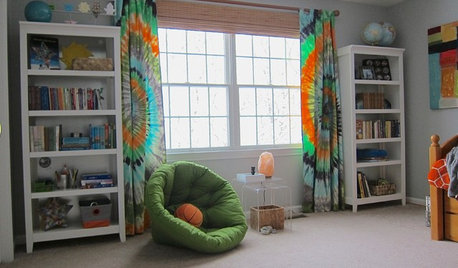
KIDS’ SPACESThis Designer’s Client Was Her 10-Year-Old Son
What do you give a boy with a too-babyish bedroom when he’s approaching double digits? See for yourself
Full Story
UNIVERSAL DESIGNMy Houzz: Universal Design Helps an 8-Year-Old Feel at Home
An innovative sensory room, wide doors and hallways, and other thoughtful design moves make this Canadian home work for the whole family
Full Story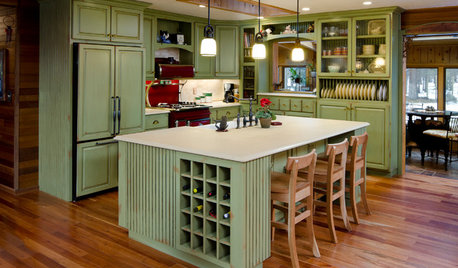
MOST POPULARHow to Reface Your Old Kitchen Cabinets
Find out what’s involved in updating your cabinets by refinishing or replacing doors and drawers
Full Story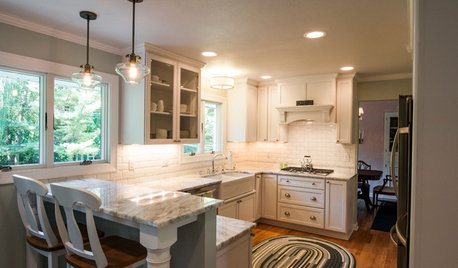
KITCHEN OF THE WEEKKitchen of the Week: 27 Years in the Making for New Everything
A smarter floor plan and updated finishes help create an efficient and stylish kitchen for a couple with grown children
Full Story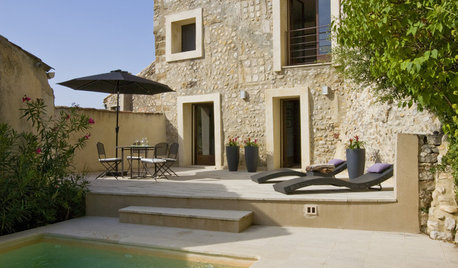
MODERN HOMESHouzz Tour: 800-Year-Old Walls, Modern Interiors in Provence
Old architecture and new additions mix beautifully in a luxurious renovated vacation home
Full Story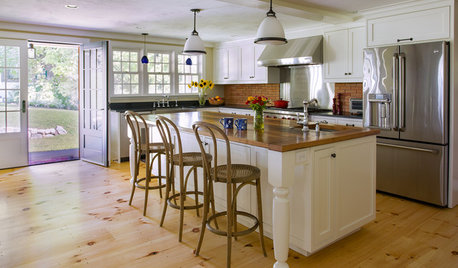
HOUZZ TOURSHouzz Tour: A 300-Year-Old Home Adapts to a Modern Family of 7
A new addition adds much-needed square footage to a 1750s home in Massachusetts
Full Story
COLORHow to Use Marsala, Pantone’s 2015 Color of the Year
Pantone digs deep and goes earthy with its selection. Here are ways to make it work in your home
Full Story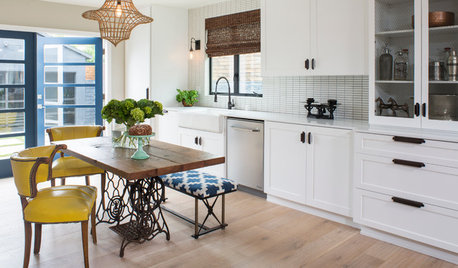
KITCHEN DESIGNGet Ideas From This Year’s Top 20 Kitchen Tours
Smart storage, functionality for cooks and families, vintage touches and lots of personality mark your favorites of 2015
Full Story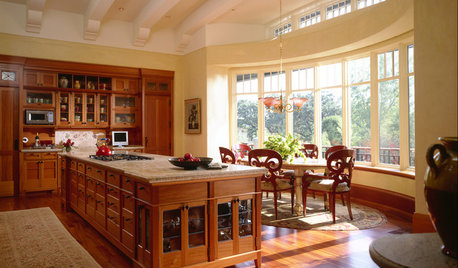
MATERIALSWoodipedia: Is It Cherry or Is It Alder?
Learn the differences between these two wood types, as well as costs, sustainability and a caution about finishing
Full Story








ole_dawg
bobismyuncle
Related Professionals
Palisades Park Cabinets & Cabinetry · Goulds Carpenters · Leominster Carpenters · Chelsea Flooring Contractors · Del Aire Flooring Contractors · Dracut Flooring Contractors · Easton Flooring Contractors · Highlands Ranch Flooring Contractors · Lynden Flooring Contractors · West Linn Flooring Contractors · Chicago Furniture & Accessories · Huntersville Furniture & Accessories · Miami Furniture & Accessories · Ventura Furniture & Accessories · Fillmore Furniture & AccessoriesseedsillyOriginal Author
seedsillyOriginal Author
seedsillyOriginal Author
sombreuil_mongrel
bobismyuncle
seedsillyOriginal Author
ole_dawg
brickeyee